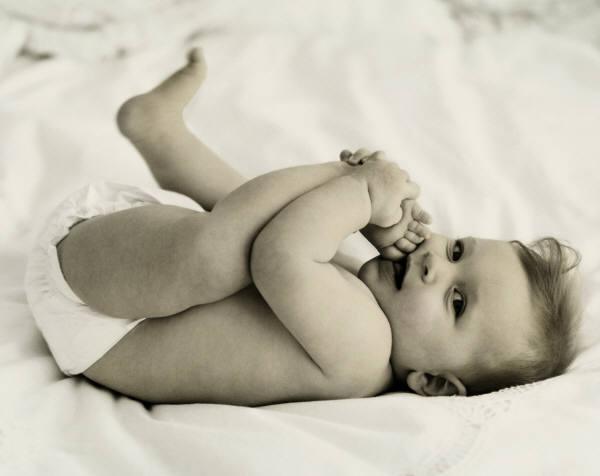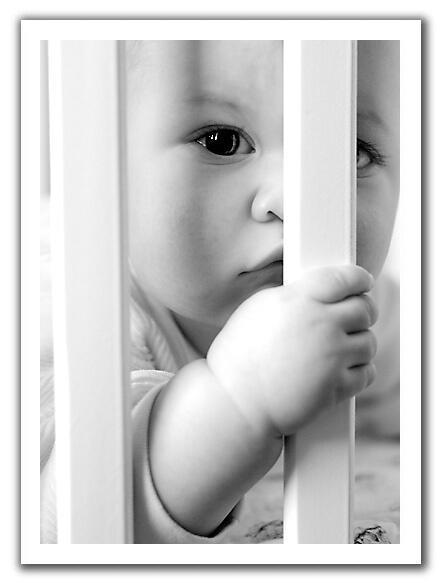September 24, Monday
My first stop for the day was Eglise St Eustache, a Gothic and Renaissance church completed in 1637, rivaled only by Notre-Dame. The church has been known for organ recitals, and its most famous painting is Rembrandt's The Pilgrimage to Emmaus. A short walk away is Center Pompidou, the center for 20th- and 21st-century. Opened in 1977, it quickly became the focus of controversy due to its bold exoskeletal architecture and the brightly painted pipes and ducts crisscrossing its transparent facade (green for water, red for heat, blue for air and yellow for electricity). Center Pompidou now encompasses the Musée National d'Art Moderne (National Museum of Modern Art), Bibliothèque Information Publique (Public Information Library), Centre de Création Industriel (Center for Industrial Design), Institut de Recherche et de Coordination Acoustique-Musique (Institute for Research and Coordination of Acoustics/Music) and Atelier Brancusi, a re-creation of the Jazz Age studio of Romanian sculptor Brancusi. Amazingly, more art lovers visit Center Pompidou per day than they do the Louvre or the Eiffel Tower.
I then made my way to Hotel de Ville. On a large square with fountains and early-1900s lampposts, the 19th-century building isn't a hotel as the name suggests, but Paris's grandiose City Hall. The medieval structure it replaced had witnessed countless municipally ordered executions. Across the river from Hotel de Ville is Ile de la Cité, dubbed "The cradle of Paris," where the city was born. It is actually an island shaped like a great ship in the middle of River Seine. Home to French kings until the 14th century, Cité still has a curiously medieval air, with massive gray walls rising up all around, relieved by tiny patches of parkland. The island is home to France's greatest cathedral, Notre Dame, Sainte-Chapelle and the Conciergerie.
My first stop for the day was Eglise St Eustache, a Gothic and Renaissance church completed in 1637, rivaled only by Notre-Dame. The church has been known for organ recitals, and its most famous painting is Rembrandt's The Pilgrimage to Emmaus. A short walk away is Center Pompidou, the center for 20th- and 21st-century. Opened in 1977, it quickly became the focus of controversy due to its bold exoskeletal architecture and the brightly painted pipes and ducts crisscrossing its transparent facade (green for water, red for heat, blue for air and yellow for electricity). Center Pompidou now encompasses the Musée National d'Art Moderne (National Museum of Modern Art), Bibliothèque Information Publique (Public Information Library), Centre de Création Industriel (Center for Industrial Design), Institut de Recherche et de Coordination Acoustique-Musique (Institute for Research and Coordination of Acoustics/Music) and Atelier Brancusi, a re-creation of the Jazz Age studio of Romanian sculptor Brancusi. Amazingly, more art lovers visit Center Pompidou per day than they do the Louvre or the Eiffel Tower.
I then made my way to Hotel de Ville. On a large square with fountains and early-1900s lampposts, the 19th-century building isn't a hotel as the name suggests, but Paris's grandiose City Hall. The medieval structure it replaced had witnessed countless municipally ordered executions. Across the river from Hotel de Ville is Ile de la Cité, dubbed "The cradle of Paris," where the city was born. It is actually an island shaped like a great ship in the middle of River Seine. Home to French kings until the 14th century, Cité still has a curiously medieval air, with massive gray walls rising up all around, relieved by tiny patches of parkland. The island is home to France's greatest cathedral, Notre Dame, Sainte-Chapelle and the Conciergerie.

Top: Eglise St Eustache, bottom left: Center Pompidou, bottom right: Hotel de Ville


Behind Notre-Dame is the Mémorial des Martyrs Français de la Déportation de 1945 (Deportation Memorial). Here, birds chirp and the Seine flows gently by, but the memories are far from pleasant. The memorial commemorates the French citizens who were deported to concentration camps during World War II. Carved into stone are blood-red words "Forgive, but don't forget" in French.

I then made my way to the Palais de Justice which houses the present Paris law courts. In the courtyard of Palais de Justice is Sainte Chapelle, one of the oldest and most beautiful churches in the world. It was built in 1246 to house the relics of the Crucifixion. Many call this tiny chapel a jewel box, as its upper chapel is surrounded by fifteen brilliantly coloured stained glass windows whereby scenes from the Old and New Testaments are emblazoned, depicting everybody from Adam and Eve to St. John the Baptist and the life of the Virgin. Unfortunately, it wasn't a sunny day and I couldn't view the supposedly spectacular effects of natural light against the vivid and brilliant colours of the windows.
Next to Sainte Chapelle is the Conciergerie. Much of the Conciergerie was built in the 14th century as an extension of the royal Palais de la Cité, where the warden of the kings used to live. It was later used as a prison and during the French Revolution, the Conciergerie became a symbol of terror to the nobility and enemies of the State. Those destined for the guillotine were first impronised here, including Marie Antoinette, the Austrian queen to King Louis XVI, and other members of the royal family.

Top: Sainte Chapelle, bottom: Conciergerie







1 comment:
wah..they got beautiful stain glass huh
Post a Comment